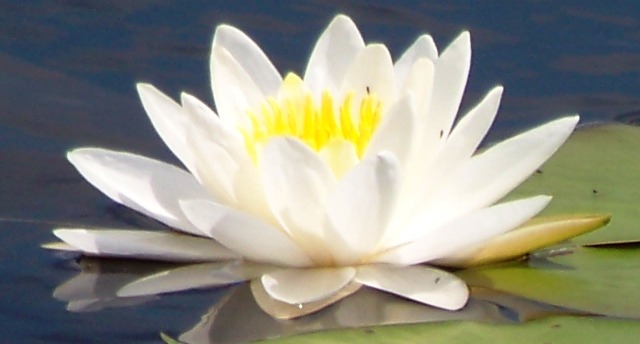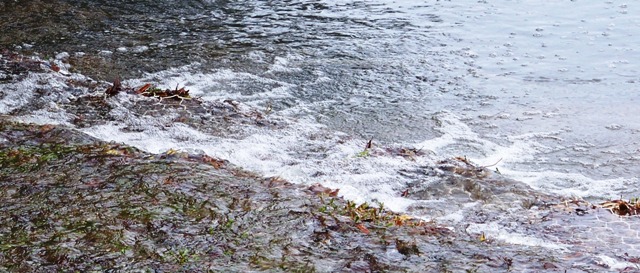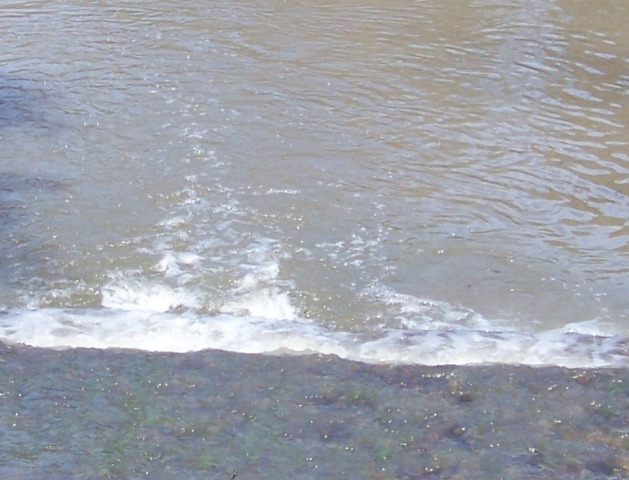This week’s Thursday Tidbits considers “shenpa…the all-worked-up feeling of…getting hooked on a negative emotion” such as pain (Pema Chödrön). In order to unhook ourselves from shenpa, we must give our full attention to our pain and that includes physical discomfort as well. We must immerse ourselves in our pain in order to release it.

In giving our full attention to our pain, we open up to the experience of it and not the drama or storyline we have told ourselves about our pain. Our storyline is what hooks us until we sit down in the middle of what is hurting us, forsaking its interpretation for its reality.
Anyone who has ever experienced chronic pain—physical, emotional or both–knows that this kind of shenpa can easily become the only story we ever live. Yet, when we give chronic pain our full attention, we change the idea of our pain. We are no longer content to live its story.
Unhooking ourselves from shenpa does not mean that we will be completely pain-free but it does mean we give our full attention to living the lives we have as the beings we are. Being in our pain completely is where all healing begins.

Essential to all life is water, and it has more than one form, yet it is either flowing or frozen. Mark Nepo suggests that how we deal with our pain resembles the form water takes. “For when trees fall into the ice, the river shatters. But when a large limb falls into the flowing water, the river embraces the weight and floats around it” (Book of Awakening).
If we view our pain as ice, jagged and hard, we risk living shattered lives of fear and worry, holding our shenpa close. But if we give our pain our full attention and release it branch by branch into the river of life, it becomes a burden we can bear.
We release the idea of our pain and experience it as is, moment by moment, within our flow in our own time. “Once given full attention, you will come back—one drop at a time— into the tide of the living” (Nepo).
Like the river’s path, our lives wend in ways we never imagine. It is life’s way, and pain is only one part, although it can last a lifetime. It is up to us whether pain remains sharp or a bubble in our daily flow.

We have to show up for every moment of our lives, pain or no, giving our full attention to life, trusting that we will absorb our pain and not be shattered by it.
For the people of Boston and the Commonwealth of Massachusetts, for the people of West and the state of Texas, we open ourselves to each and every one of you—victims and family members—for as long as it takes to absorb the pain. There is no limit on your courage or on our love.
Thursday Tidbits are weekly posts that offer choice bits of information to celebrate our oneness with one another through our unique perspectives. It is how we connect, how we have always connected but in the 21st century, the connection is a global one.
Thank you for continually reminding us (me!) about attentiveness. I am learning how to live with chronic pain but for me it is still a new situation. Shenpa is not a term with which I am familiar–I really have to get around to reading Chodron and Nepo this summer).
“We release the idea of pain…” My tai chi teacher tells me to breathe into the pain areas, which is a kind of attentiveness too, I guess.
LikeLike
I think you will enjoy both very much. My morning meditations with Nepo’s The Book of Awakening are always helpful, no matter the day. This is my second year of starting my day with Nepo. With Chodron, I particularly enjoyed The Places That Scare You.
As I understand it, releasing the idea of pain and going into it–breathing, for example–is how we heal. The idea of pain is not the pain but the story we tell ourselves about it, and one of the things I learned with Chodron is to explore the energy beneath any suffering, pain or whatever we’re holding onto is surface stuff. What is beneath it, is how we will sit right in the middle of it. She explains it much better than I but you get the idea.
Karen
LikeLike
Thank you. I do get the idea! Now to learn to apply it.
LikeLike
“we give our full attention to living the lives we have as the beings we are.”
This is perfect! And so we are always enough.
I love your stuff and how it makes me think.
LikeLike
Thanks so much, Robin. I, too, enjoy your blog; your stuff stays with me.
Karen
LikeLike
Karen,
I know you live with pain, so these words are literally straight from the heart. I love the water analogy. There is something about water that embraces and transforms. If you think about it, water breaks things down until they become a part of the water. The Grand Canyon being a great example. If we can just immerse our pain in attention, there is something really powerful there. I love how you connect your wisdom with the events in Boston and Texas. You are truly compassionate. {{{hugs}}} Kozo
LikeLike
I have been quite moved by the events in both Massachusetts and Texas, so much pain for so many yet so much courage . It has been riveting. As you say, water is such a teacher, helping us absorb all that we meet in our lives, and the Grand Canyon is such a reminder of what living with an open heart can mean. Thanks, Kozo!
Karen
LikeLike
I do find your watery analogies very sympathetic, or should that be empathetic?
LikeLike
Water is such an elemental reminder isn’t it? Thanks, Diana.
Karen
LikeLike
I am so sorry to hear the appalling storm of multiple tragedy that has struck the US this week – more news breaking today of a shooting. Just awful. Pain is more than just physical.
LikeLike
It has been a stunning week, Matthew, so many firsts for this country, so many ways to open our hearts but first to breathe in full and not ragged breaths. Thanks, Matthew.
Karen
LikeLike
True , healing starts the moment we stop running away from the pain and start being mindful of it.
LikeLike
And when the healing starts, the possibilities are infinite. Thanks for stopping by.
Karen
LikeLike
Water and ice.
LikeLike
It really is that basic, isn’t it? Thanks, Tim!
Karen
LikeLike
“There is no limit on your courage or on our love.” Perfect.
LikeLike
Thanks, Deb.
Karen
LikeLike